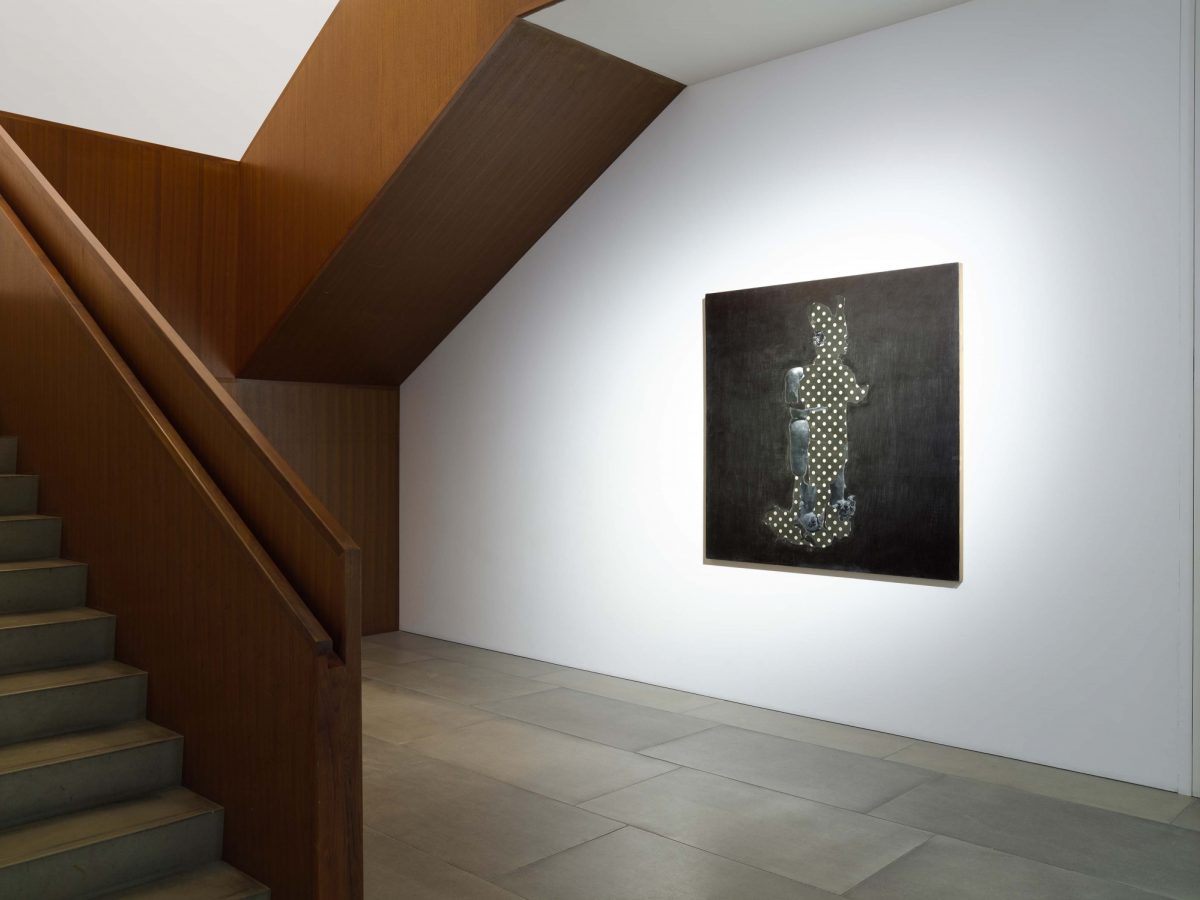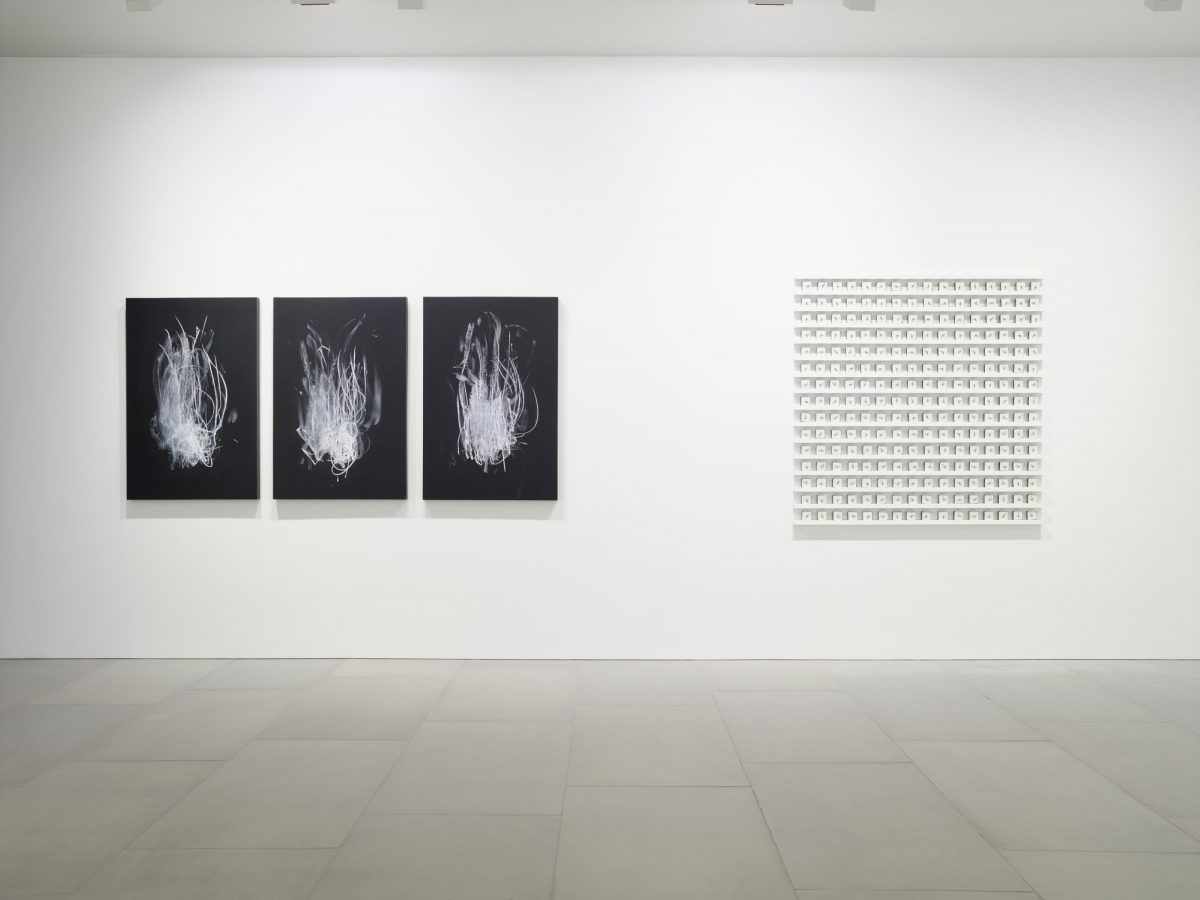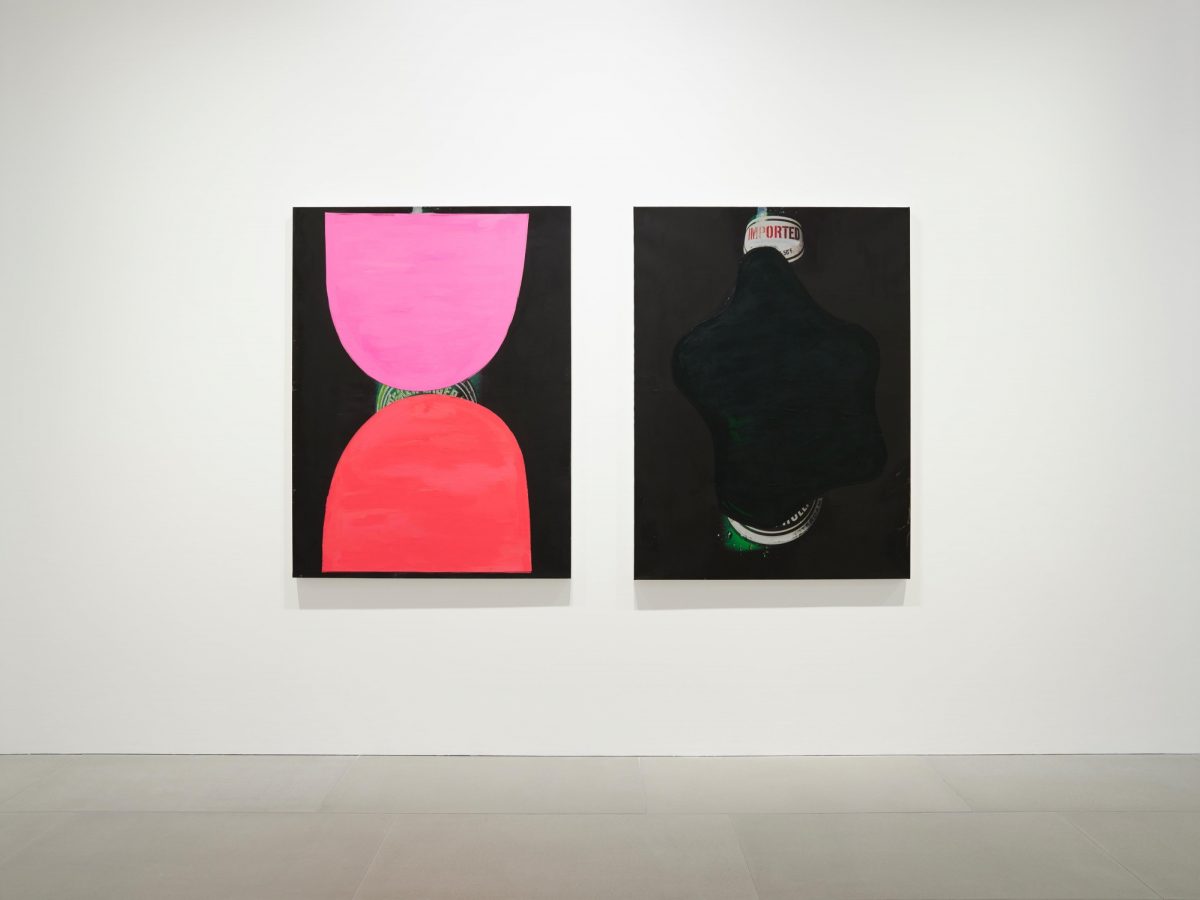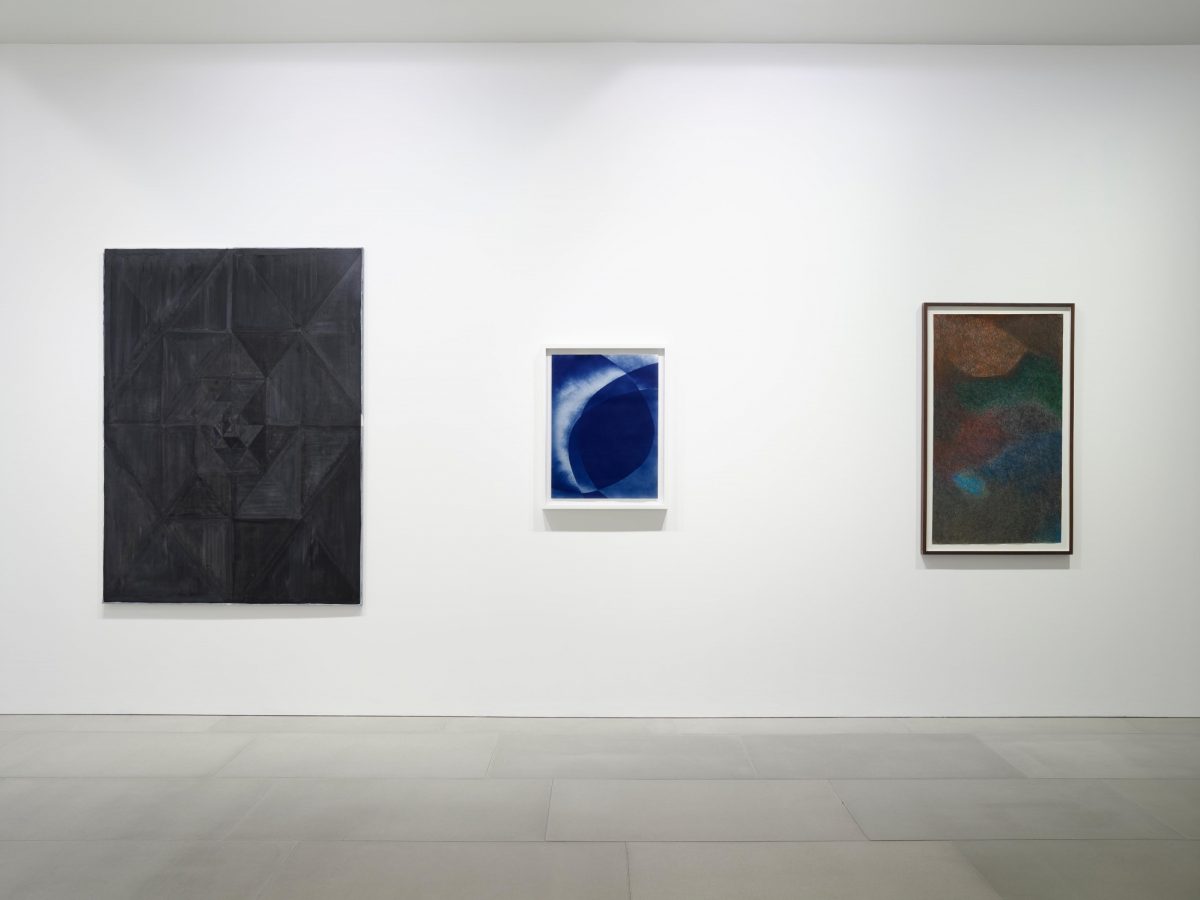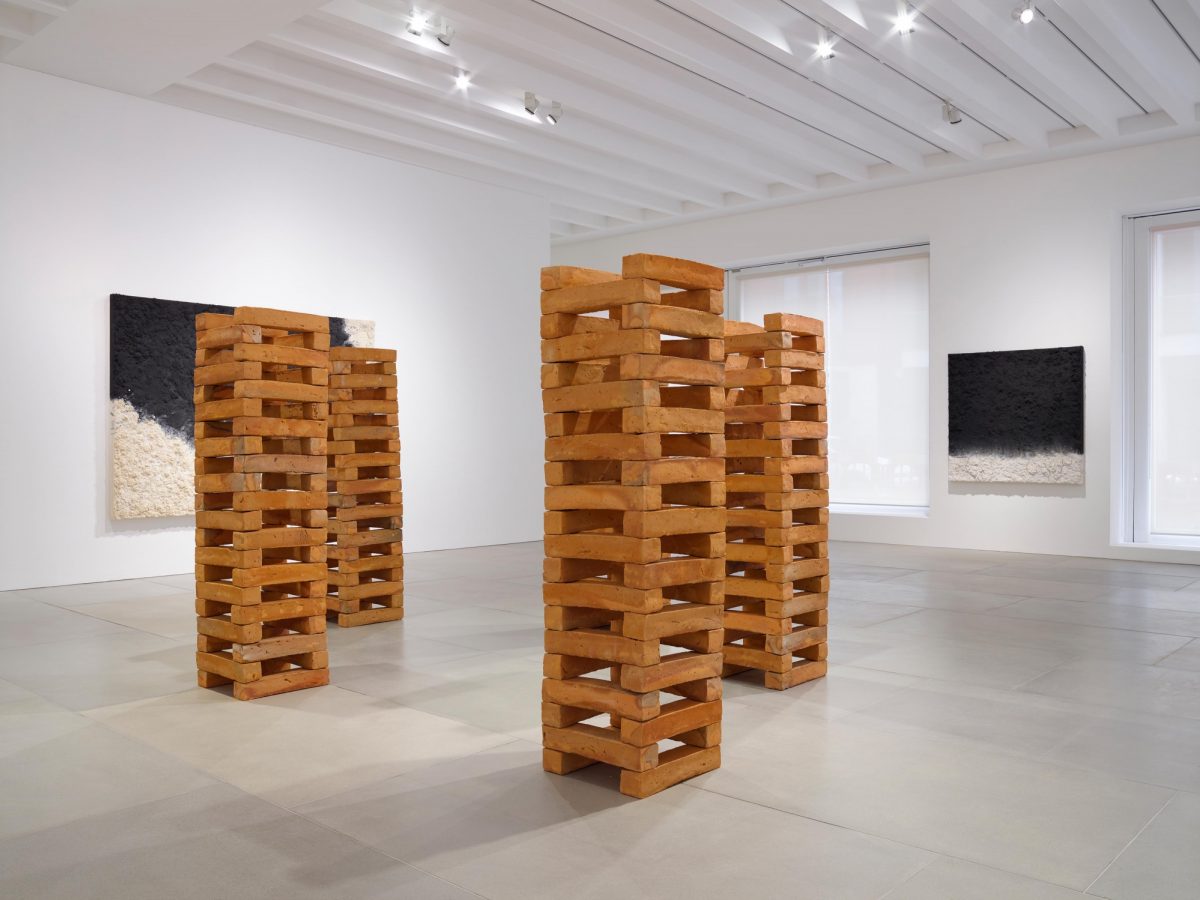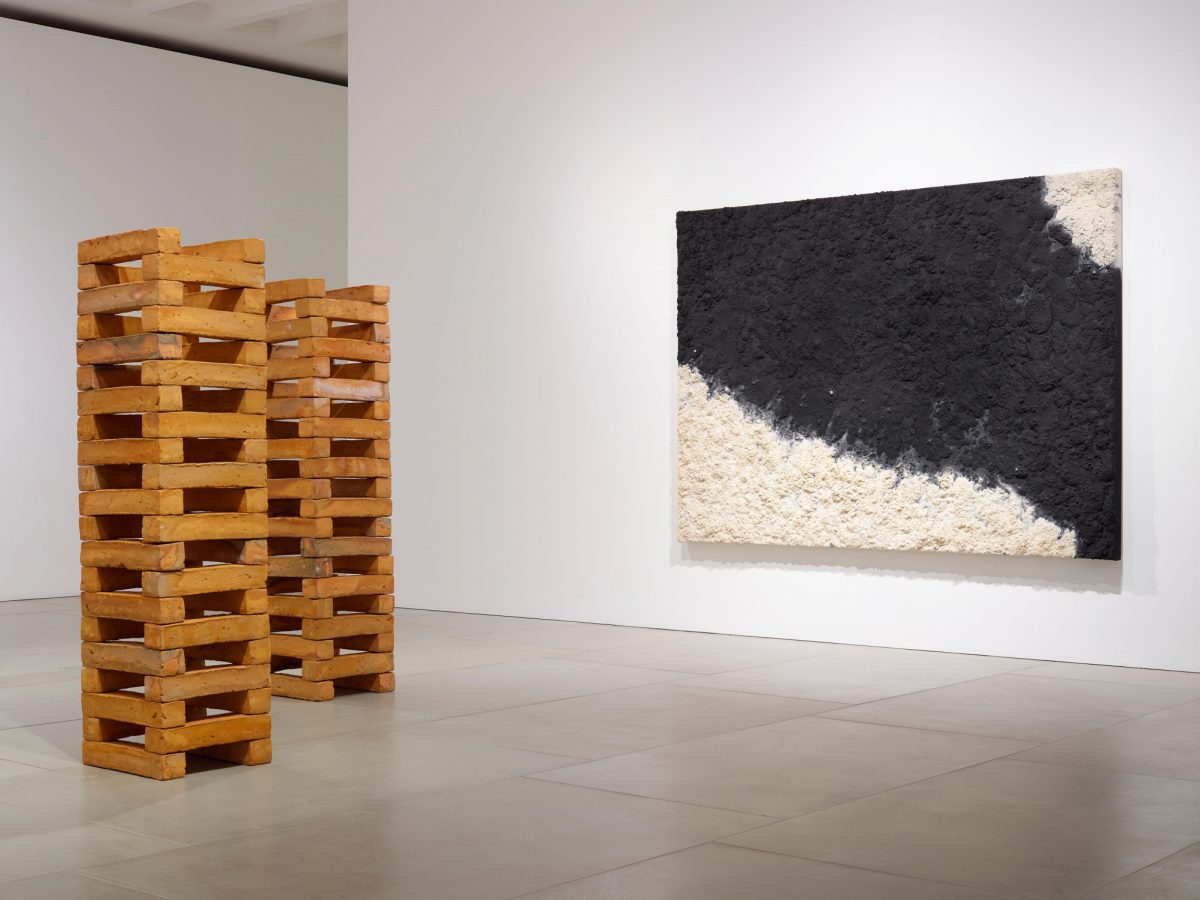ART-PRESENTATION: Bosco Sodi & Approaching Abstraction
 Focusing on material exploration, the creative gesture, and the spiritual connection between the artist and his work, Bosco Sodi seeks to transcend conceptual barriers. The artist leaves many of his works untitled, with the intention of removing any predisposition or connection beyond the work’s immediate existence. The work itself becomes a memory and a relic symbolic of the artist’s conversation with the raw material that brought the artwork into creation.
Focusing on material exploration, the creative gesture, and the spiritual connection between the artist and his work, Bosco Sodi seeks to transcend conceptual barriers. The artist leaves many of his works untitled, with the intention of removing any predisposition or connection beyond the work’s immediate existence. The work itself becomes a memory and a relic symbolic of the artist’s conversation with the raw material that brought the artwork into creation.
By Dimitris Lempesis
Photo: Blain|Southern Gallery Archive
Two exhibitions, devoted to Mexican artists, are running concurrently at Blain|Southern Gallery in London, Bosco Sodi presents a series of new paintings in “Heavens and the Earth” and the group exhibition “Approaching Abstraction”. With studios in Mexico, New York and Barcelona, Sodi’s paintings are site-specific in that the external conditions of each location (weather, temperature, humidity) all determine how the work ultimately looks. This organic process is central to Sodi’s philosophy, “It’s about embracing the accident, embracing the non-control, embracing the passing of time and working with organic materials”. Sodi’s new paintings combine pure black and white pigments with glue and organic material, such as sawdust or natural fibres. Calling to mind geographical features, they are formed as a result of environmental conditions over time. Sodi’s reverence for raw materials and natural processes draws from wabi-sabi, a Japanese aesthetic philosophy that embraces imperfection and reveres natural authenticity above all. The paintings are the outcome of an intensively physical process in which experimentation and chance play an important role. Laying the canvas horizontally, Sodi sculpturally layers his paint mixture, by hand over several days, stopping at the first signs of cracking. He then gives the process over to time and the elements, as the work dries and fissures form across its surface. Bosco Sodi is the founder of Fundación Casa Wabi, a foundation that takes its name and guiding principles from wabi-sabi*, supporting fellow artists and developing new opportunities for art education in Mexico. Including works by: Tania Candiani, Tomás Diaz Cedeño, Galia Eibenshutz, Cristobal Gracia, Isauro Huizar, Daniela Libertad, Fabiola Menchelli, Francisco Muñoz and Benjamín Torres, Sodi co-curates alongside Casa Wabi’s former chief curator, Alberto Ríos the group exhibition “Approaching Abstraction” that is on presentation at the lower side of the Gallery. With a long career in Mexico and internationally, the work of Tania Candiani has been developed in various media and practice that interweave language systems – phonic, graphic, linguistic, symbolic, technological. In her work there is a nostalgia for the obsolete, therefore, through a process of translation and interpretation she appeals for rebuilding technologies from the past to reread them from the present. Tomás Díaz Cedeño has a fixed set of concerns. Through his exhibitions, he has asked how the body is or can be represented; he has probed the limit between objecthood and humankind; and he has examined the expressive range material objects can embody when forced into previously unknown relationships in an obsessive artistic encounter. He examines these questions through a delicate, tenuous–even grotesque–visual language rooted in a committed, intimate dialogue with the materials he uses. Galia Eibenschutz’s multi-media work has developed between dance and visual art techniques, from which she registers the passing of time and movement, as well as the scenic presence of the human body and its projection within architectural spaces. Starting from the research and connection of historical events, mixing them with a touch of humor, science fiction, irony and violence the work of Cristóbal Gracia challenges the construction of a present and reality built and ruled by ideological and power structures imposed over time. Isauro Huizar, works with different media and also performs site-specific work, rather than creating new objects, reorders and re contextualises what already exists. He directs the MuchasCosas project (muchascosas.org) which seeks to disseminate the thinking and ideas of the artists related to their vision and production. Daniela Libertad, works with video, photography and drawing; her work shows fragments of self-invented actions and rituals. Exploring the diverse relationship between objects and her body, perception of the intangible, the mystical and its connection to everyday life. She also researches how sculptural dynamics are built and deposited in objects, aiming to comprehend the bonds of weight, tension and equilibrium given between materials, forms and objects. Fabiola Menchelli’s work investigates photography in relation with architecture, drawing and sculpture and other media. Using the language of abstraction she constructs images that speak about the architecture of a mental space. The work focused on architecture as a mean for constructing ideas to show us the flexibility of mind in relation to the perception of space. Francisco Muñoz’s work consists in highlighting the tensions of cultural significations that confront between euro-‐centred and Latin-American societies, retaking architectural, cultural, and societal aspects of both cultures, creating improbable, iconoclast, fusions, syncretism, that take form through expressive resources like collage, drawing, sculpture and installations. Originally trained in sculpture, Benjamin Torres has turned his practice to the experimentation of three-dimensional forms. His work deals with the collection, selection, intervention and redistribution of consumer culture devices, images and media.
*In traditional Japanese aesthetics, wabi-sabi is a world view centered on the acceptance of transience and imperfection. The aesthetic is sometimes described as one of beauty that is imperfect, impermanent, and incomplete. Characteristics of the wabi-sabi aesthetic include asymmetry, roughness, simplicity, economy, austerity, modesty, intimacy, and appreciation of the ingenuous integrity of natural objects and processes.
Info: Blain|Southern Gallery, 4 Hanover Square, London, Duration: 30/1-23/3/19, Days & Hours: Mon-Fri 10:00-18:00, Sat 10:00-17:00, www.blainsouthern.com
